Surface筆電收購 收購ASUS筆電 收購ROG電競筆電 收購ACER筆電 收購Msi電競筆電 收購微軟S 看全文
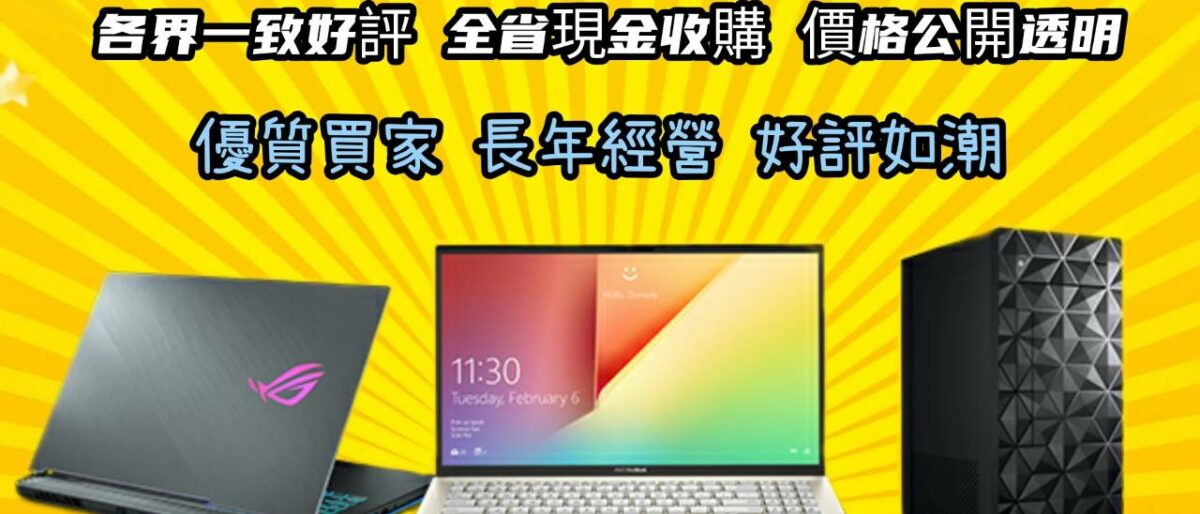
我們專業經營各項3C高價回收,收購電競筆電,文書筆電,輕薄筆 電,MSI,ASUS,ACER,HP,Razer,GIGABYBE,Microsoft,,多通路多管道,非坊間垃圾回收價,價格不怕您比較,歡迎企業戶汰舊換新,續約販賣,分期換現,電競筆電, 二手汰舊,手機,筆電,相機,鏡頭,空拍機
surface筆電收購
“I just wish the surface筆電收購surface Pro 7 looked like a surface筆電收購surface Pro X with an Intel chip inside.” That’s what I wrote about the surface筆電收購surface Pro 7 last month after reviewing Microsoft’s latest 2-in-1. I’ve now been using the surface筆電收購surface Pro X, an ARM-based version with an updated design, for the last week, and my wish for a surface筆電收購surface Pro X with an Intel chip inside couldn’t ring truer.
At times, performance has been erratic, battery life underwhelming, and using the keyboard obnoxious. I fell in love with the surface筆電收購surface Pro form factor over the past 12 months, but using the Pro X for the past week felt like a step backward in many ways. The machine is beautifully designed, but I’m writing this review on the surface筆電收購surface Pro X with a Pro 7 sitting in my bag just in case. That sums up the Pro X for me. I don’t trust it enough yet since the performance and app compatibility just aren’t where they need to be. Microsoft has gotten closer than any other OEM with a viable Windows on ARM laptop, but more work needs to be done.
I expect a lot of people are wondering how exactly it compares to the surface筆電收購surface Pro 7, so I have spent a week pitting them against each other. I didn’t bother with benchmarks or anything like that, as most are designed for x86 processors, and it’s not a fair comparison when the surface筆電收購surface Pro X only runs 32-bit x86 apps in an emulation layer. I can weigh the benefits of the hardware and software on both and my experience of using these machines side by side.
If you’re looking for a really simple choice between the two, here it is: regular Windows users who don’t want to worry about app compatibility and performance should pick the surface筆電收購surface Pro 7. If you need something more than an iPad and you’re a light PC user, then the surface筆電收購surface Pro X should be sufficient for most tasks.
Let’s start with the hardware design. Microsoft has done a great job with the surface筆電收購surface Pro X — mostly. The 13-inch touchscreen is a nice upgrade over the 12.3-inch one found on the surface筆電收購surface Pro 7, and it makes a difference in making things feel less cramped. Microsoft has essentially squeezed a bigger display into the familiar form factor of the surface筆電收購surface Pro 7, all while making the device slimmer and sleeker. The display bezels are much smaller on the sides, but they are still present at the top and bottom to fit the Windows Hello camera in place.
The Pro X I’ve been reviewing has a thumb-sized crack in the glass on the right-hand side bezel. I haven’t dropped the device or mistreated it, so I can only assume this occurred during shipping, but there are no signs of any other damage around that area of the display, and it hasn’t messed with the screen at all. The device is black and the bezels are black, so I only noticed the crack when I was using the Pro X in tablet mode.
If you put the Pro 7 and Pro X side by side, the display is the most obvious change, and the Pro X makes the Pro 7 look old. I sometimes feel like the surface筆電收購surface Pro 7 display is a little cramped to use, but I never really felt like that using the Pro X. Microsoft has kept the same hardware design for the surface筆電收購surface Pro 7 display and most of the exterior hardware, which is a more edgy / squared-off look and feel. It doesn’t always feel that great to use as a tablet as a result.
The surface筆電收購surface Pro X also feels great to hold compared to the Pro 7. Rounded edges help here, as does the slimmer form factor. It really feels much more like a tablet than the Pro 7, and I love these subtle changes. The kickstands on each device feel identical, with the same friction to allow you to adjust it to different angles.
Port selection is really where the basic hardware starts to differ. Microsoft has placed two USB-C ports on the surface筆電收購surface Pro X, and I actually prefer having the single USB-A and USB-C ports that the surface筆電收購surface Pro 7 offers. I can’t count the number of times someone has handed me a USB-A thumbstick, but the number of times I’ve seen a USB-C thumbstick in the wild is precisely zero.
The surface筆電收購surface Pro 7 also benefits from a microSD slot, but the Pro X offers a removable SSD and a SIM card slot for LTE. I favor the Pro X’s built-in LTE over having expandable microSD storage, but I prefer having a headphone jack on the surface筆電收購surface Pro 7. Bluetooth headphones are great, but having to re-pair them is still an irritating experience, and I would have liked to have had the option for regular headphones on the Pro X.
What I don’t like on the surface筆電收購surface Pro X is the keyboard — at least not the new style that includes a slot for the stylus. While the key placement, travel, and trackpad are identical to the Pro 7, the way it attaches to the display is not. Microsoft has built a stylus slot for the new surface筆電收購surface Slim Pen into the section where the keyboard attaches to the Pro X. It’s a much better way to store a stylus, but it comes with some serious compromises. The whole keyboard feels a lot more wobbly than what I’m used to on the Pro 7. This is really noticeable on your lap where the keyboard can go lopsided and cut off portions of the task bar. This is a major issue for me, especially when the date disappears, I can’t see what apps are open, or I can’t quickly scan for notification badges on my apps.
The new keyboard with stylus is more wobbly than before
Whether you’ll experience this problem really depends on how you sit and use the surface筆電收購surface Pro X. I’ve been using it everywhere from a flat surface筆電收購surface, my couch, in bed, on a train, and lots of other places where it’s awkward to use a laptop. I hope that the regular keyboard Microsoft offers for the Pro X without the pen storage fares better, but I haven’t been able to test this yet. It’s definitely something to consider if you’re trying to decide between the Pro X and Pro 7.
The surface筆電收購surface Slim Pen is far better than the previous surface筆電收購surface Pen. It’s flat like a carpenter pencil, and it feels a lot lighter in your hand. I don’t draw often, but I’d definitely take this over the regular surface筆電收購surface Pen. Thankfully, you can buy one separately, and it works with the surface筆電收購surface Pro 7 so you don’t have to opt for the Pro X just for the slimmer stylus. The only benefit the Pro X offers here is the keyboard storage that automatically charges the Slim Pen. You’ll need to connect it via USB-C if you plan to use it with the Pro 7.
Hardware differences aside, the next thing to consider between a Pro 7 and the Pro X is the processor that’s inside. Microsoft has opted for a custom Qualcomm SQ1 ARM processor inside the Pro X and Intel’s 10th Gen processors inside the Pro 7. While Windows 10 is the same on both, with no funky S Mode or RT variant, the way it runs is different than what you might expect. Dieter Bohn covered some of the app compatibility issues in his review of the Pro X, and I wanted to compare them to what you’d experience on the Pro 7.
On the Pro X, I found that most of my apps worked, but there were some big exceptions. Dropbox refused to install, forcing me over to a Windows Store version that doesn’t integrate into the File Explorer like I’m used to. Clatter, a messaging app, installed but kept crashing every time I added a service. It then magically started working after a couple of days. (This has never happened on an Intel machine.) Tweeten, a great Twitter app for Windows, refused to install, and Lightroom simply isn’t available.
You really have to think about apps on the surface筆電收購surface Pro X
All of these apps work fine on the Pro 7, and I’ve never had to figure out which ones do or don’t run on that device. Most apps on the Pro X, on the other hand, are using Microsoft’s x86 emulation layer, which means only 32-bit apps are supported, or developers have to recompile them into native 64-bit ARM apps. It’s highly unlikely that most app developers will bother to do this anytime soon, so you’re left playing a guessing game on app compatibility.
The worst part is that even if an app installs, it doesn’t mean you’re going to have a great experience. Photoshop installs and opens just fine on the surface筆電收購surface Pro X, but the usability of it is terrible. I can sit and watch it render the entire new document dialog box what feels like frame by frame. Like anyone who uses Photoshop, I use files that have multiple layers and regularly switch between PSDs on the fly. Using Ctrl + Tab with a few PSD files open felt laggy on the Pro X, and I’d regularly have to wait a second or so for it to respond to actions. I don’t think I’d be able to quickly create the latest mega meme or edit an animated GIF easily. Photoshop isn’t perfect on the Pro 7 either, but it’s nowhere near as laggy as what I’ve experienced on the Pro X, and I can easily use it to modify files with multiple layers.
Elsewhere, I’ve felt like the Pro X performance has been a little erratic. Occasionally, I’d resume from standby and switch between apps, and things would take a solid minute to settle and not feel laggy. Discord isn’t exactly the most highly optimized app for Windows, but it struggles at times on the Pro X. I’ve never experienced erratic performance on the Pro 7 like this. Likewise, Spotify can be painful to use initially until it settles down and stops pegging the CPU on the Pro X.
This settling down process feels like a constant experience on the surface筆電收購surface Pro X. I’d often have to wait for the Pro X to catch its breath, and then it would feel just like I was working on a Pro 7 for a few minutes until it got bogged down again. A lot of this is clearly because of the app emulation, and I’d hope that native ARM64 apps would perform much better. Unfortunately, most of the apps I use on a daily basis haven’t been recompiled for ARM and probably never will be, so I can’t see this experience improving in the near future.
There’s a ray of hope here, though: if third-party app developers decide to compile for ARM64, things will definitely get better. I managed to obtain an unreleased ARM64 version of Microsoft’s Edge Chromium browser, and the performance improvements were immediately obvious. Everything from tab management to browsing feels snappier than the emulated 32-bit versions of Chrome and the Edge Chromium beta. It really felt comparable to the browsing performance on the surface筆電收購surface Pro 7, which is a big difference to running Chrome right now on the Pro X. This is a good indication that native apps will run well, but that will require app developers to invest time and money into bringing their apps to ARM.
Docking to an official surface筆電收購surface Dock was also troublesome with the Pro X. Windows 10 doesn’t always gracefully handle a switch in state from laptop to a secondary monitor, but the Pro X would take far longer than a Pro 7 for apps to resize and be usable. The Pro X also kept forgetting my multiple monitor preferences, and it would turn on its display even though I’d set it to explicitly display all content only on my monitor.
I found that I’d experience less lag and fewer issues when I used the surface筆電收購surface Pro X for hours at a time. Short bursts of work and then straight into standby seemed to generate the laggy and slow experiences. This is also reflected in the battery life I’ve experienced on the surface筆電收購surface Pro X. On average, it was between six and seven hours if you go in and out of standby a lot. One day, I was glued to the Pro X working for a full day without even going into standby, and it managed to go for nearly eight and a half hours. I’ve noticed that battery life takes a hit initially when you’re spinning up all your apps in the morning, but then it drains at a more reasonable rate as the day goes on.
I haven’t experienced these types of issues on the surface筆電收購surface Pro 7. Battery life is naturally dependent on what tasks and apps you’re running, but it’s pretty consistent on the Pro 7 at around six hours with a lot of mixed usage. I was expecting battery life of at least 10 hours on the Pro X, so I’m disappointed it’s barely any better than the Pro 7.
Much like the Pro 7, the Pro X has a quick resume feature, which means it just goes into standby when you close the cover or hit the power button. I stopped working one night at 11:15PM with 63 percent and resumed again at 11:15AM the next day to 59 percent. That’s a little less than the drain I’ve seen on the Pro 7, but the differences aren’t significant. It’s great to have a quick resume on both. You also get a quick charge feature on both the Pro X and Pro 7, and it takes around an hour to get to 80 percent on both devices.
As it stands, it feels like the surface筆電收購surface Pro X was released too early. Not just because third-party apps aren’t ready, but because even Microsoft’s own apps — like Edge Chromium and Office — haven’t been fully ported over to ARM64.
Microsoft obviously had a design in mind for the future of the surface筆電收購surface Pro, and it couldn’t achieve that with Intel just yet. Microsoft’s calculated risk now relies on third-party apps, but it also means the Pro X just showcases a hardware design that we desperately want an Intel chip to fit into. It also doesn’t deliver on the battery life promises ARM is supposed to achieve. The keyboard, app compatibility, and performance are noticeably worse than the surface筆電收購surface Pro 7, too. Those are things I just take for granted on the Pro 7, and it’s weird to have to worry about any of them again.
Given the $999 starting price of the surface筆電收購surface Pro X, it’s a direct competitor to the surface筆電收購surface Pro 7. I think you get far more for your money with the Pro 7 right now and the reliability you’d expect from this type of computer. I have a surface筆電收購surface Pro 7 in my bag while I write this surface筆電收購surface Pro X review, simply because if I need to do some demanding work, like Photoshop, I know the Pro X will slow me down.
As someone who uses Windows on a daily basis, I rely on it to be productive and get my work done quickly. The surface筆電收購surface Pro X is great to look at, but once you really start pushing it, the experience starts to fall apart. This hardware design might be the future for the surface筆電收購surface Pro line, but if it’s a “pro” machine, then it has to do more than deliver the basics — and the Pro X often can’t do that.
At the end of the day, I just wish that the surface筆電收購surface Pro X had an Intel chip inside.
Vox Media has affiliate partnerships. These do not influence editorial content, though Vox Media may earn commissions for products purchased via affiliate links. For more information, see our ethics policy.
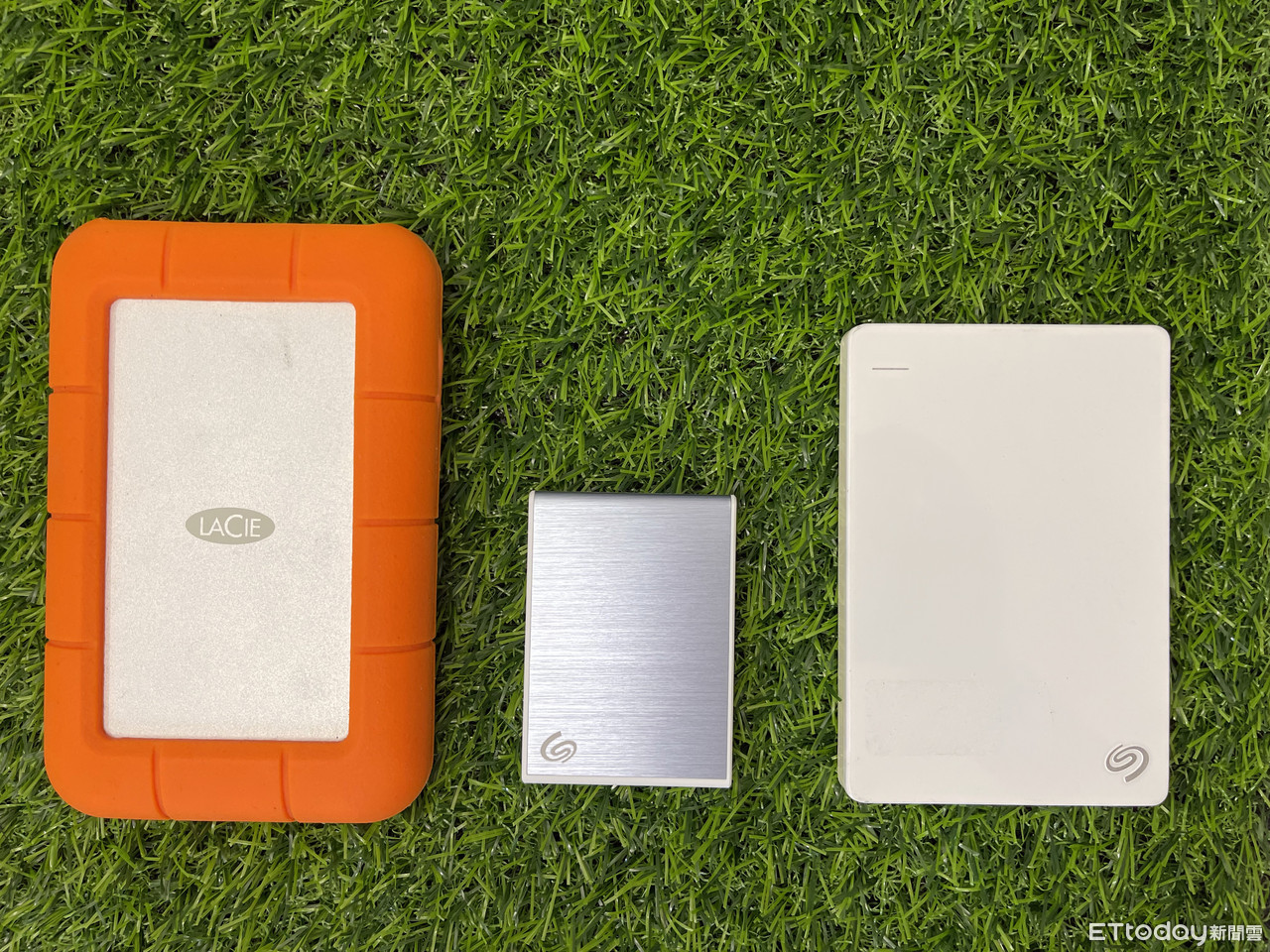
▲希捷One Touch SSD體驗與比較。(圖/記者洪聖壹攝)
特約記者洪聖壹/綜合報導
今年 6 月,Seagate 希捷宣佈推出的 Seagate One Touch SSD,提供與 NVMe 一樣的儲存效能,搭配 USB 3.2 Gen 2,最快可以實現的讀/寫速度為 1,030MB/s,並且提供 2TB 的儲存空間,除了 Windows、MacOS 之外,也支援 Android 平台備份使用,記者初步進行開箱跑分體驗,提供給大家參考。
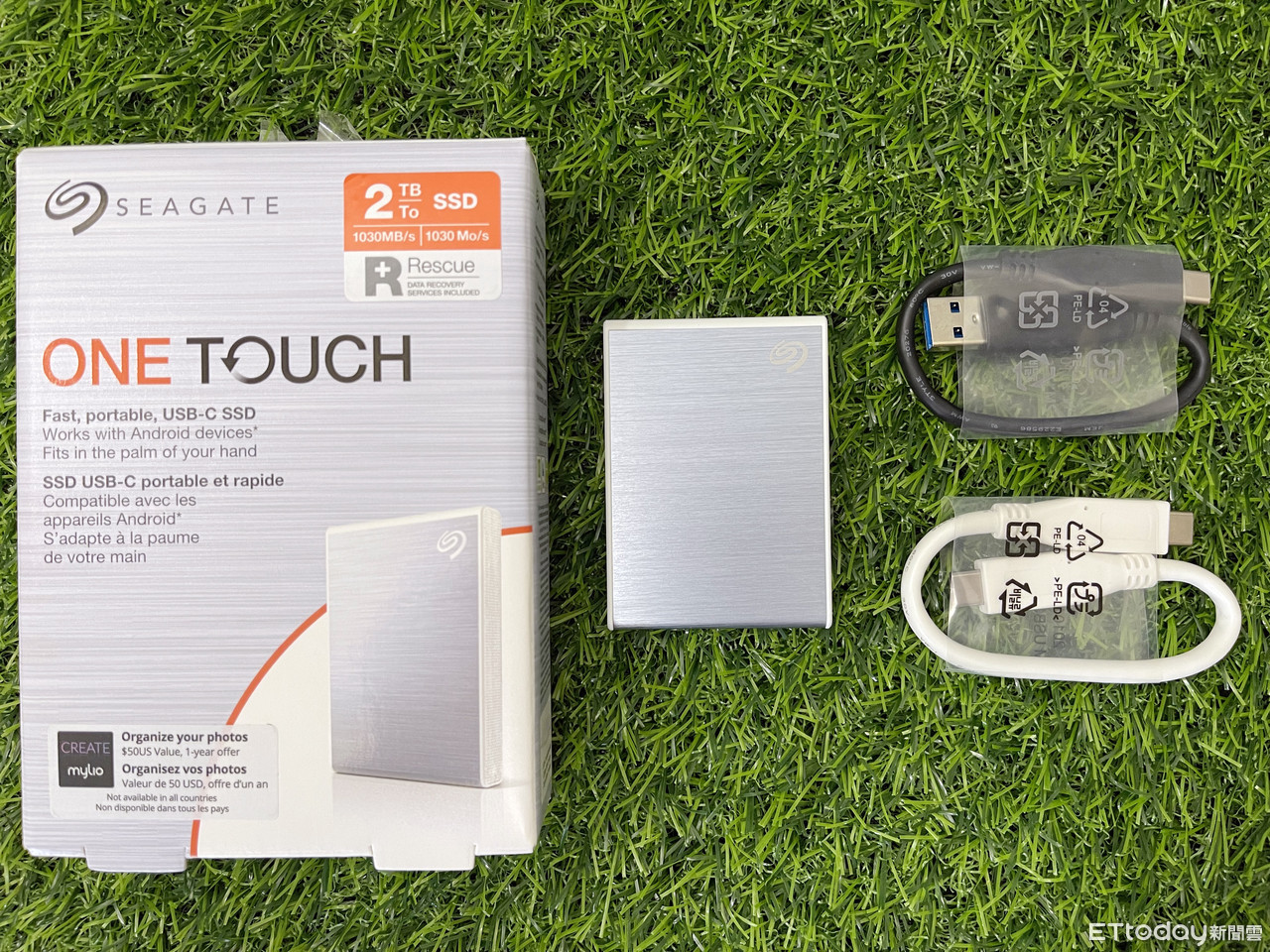
▲希捷One Touch SSD原廠盒裝提供產品與兩條不同規格傳輸線。(圖/記者洪聖壹攝)
目前記者隨身的備份硬碟有兩顆,一顆是 2TB 儲存空間的萊斯LACiE Rugged 2TB ThunderBolt,它算是當前攝影師們愛用的備份產品,特色就是防潑水、防撞、耐高溫,號稱可以承受一公噸汽車碾壓,因此即使不小心放在行李箱當中被擠壓到也不會毀損。至於另外一顆是 1TB 儲存空間的 Backup Plus Portable Drive。
先說一下產品體驗,兩者入手的時間都差不多在 2018 年~2019 年之間,萊斯這款最大特色就是使用初代ThunderBolt傳輸,以及一個特規的 USB3.0 插孔,然而實際上隨著市場上的筆電產品汰舊換新,從使用到現在,從來沒使用過ThunderBolt 傳輸過,這款產品最大敗筆就是傳輸孔跟傳輸線都是過去的規格,如果隨機身附帶的傳輸線是 Type-C 或者現在的 ThunderBolt 4,那該款產品的價值一定更好,索性產品保存資料的情況還算完整,目前是記者用來備份電腦使用的隨身碟。
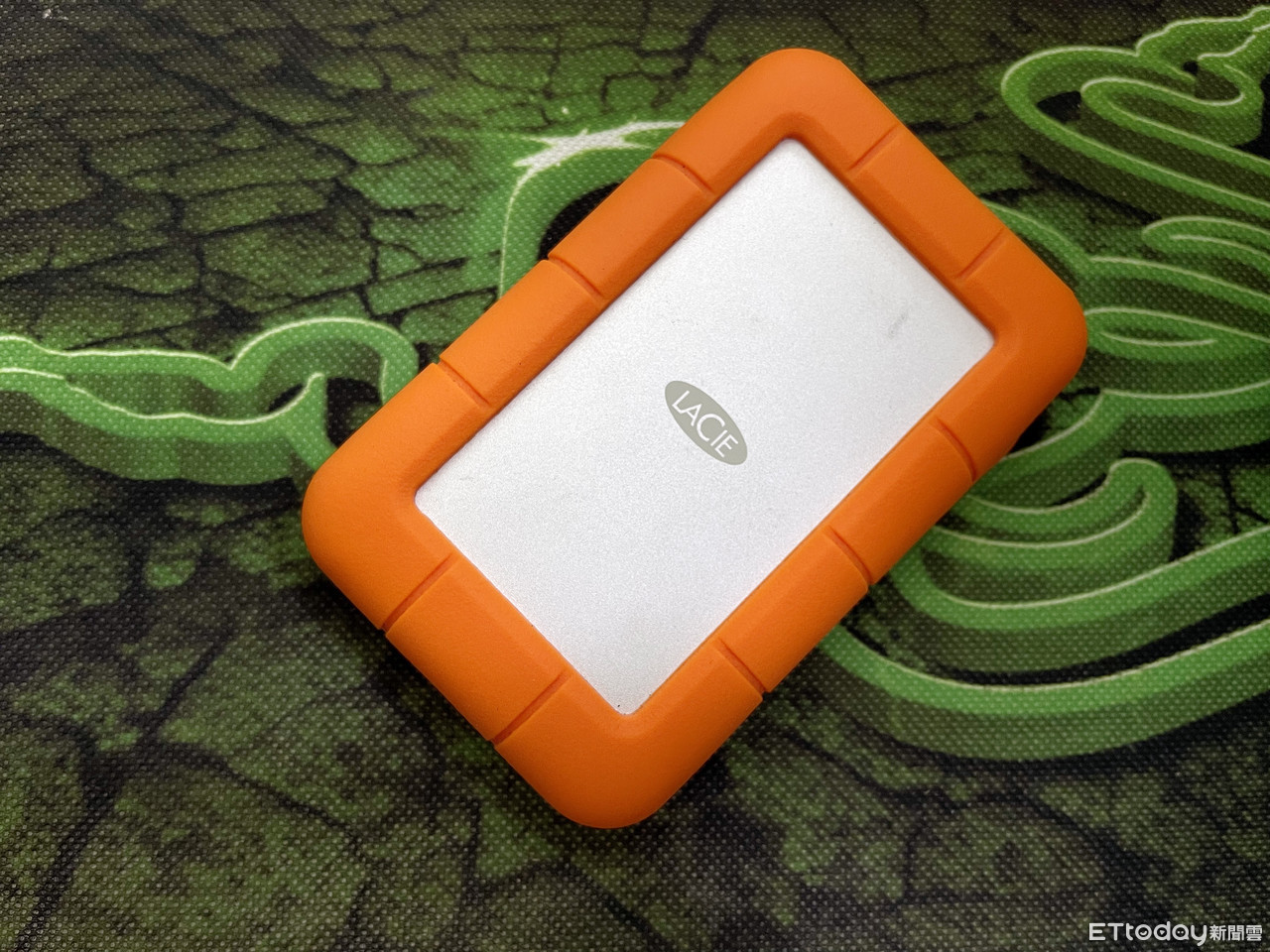
▲萊斯Rugged 2TB ThunderBolt優點在於產品耐用性,缺點在於ThunderBolt 支援性太低。(圖/記者洪聖壹攝)
至於另外一顆Backup Plus Portable Drive,這顆記者非常喜歡,一來儲存空間夠大,二來就是輕巧方便。當時購入的1TB版本約折合新台幣 2,000元左右,還送一年保固,相當划算。不過這款產品還是使用特規的 USB3.0 傳輸孔,加上擔心它纖薄脆弱的機身會因為行李壓壞產品,因此在外出時,必須要額外給它一個家,用來裝它跟傳輸線,使用它主要拿來備份外出的拍攝資料。
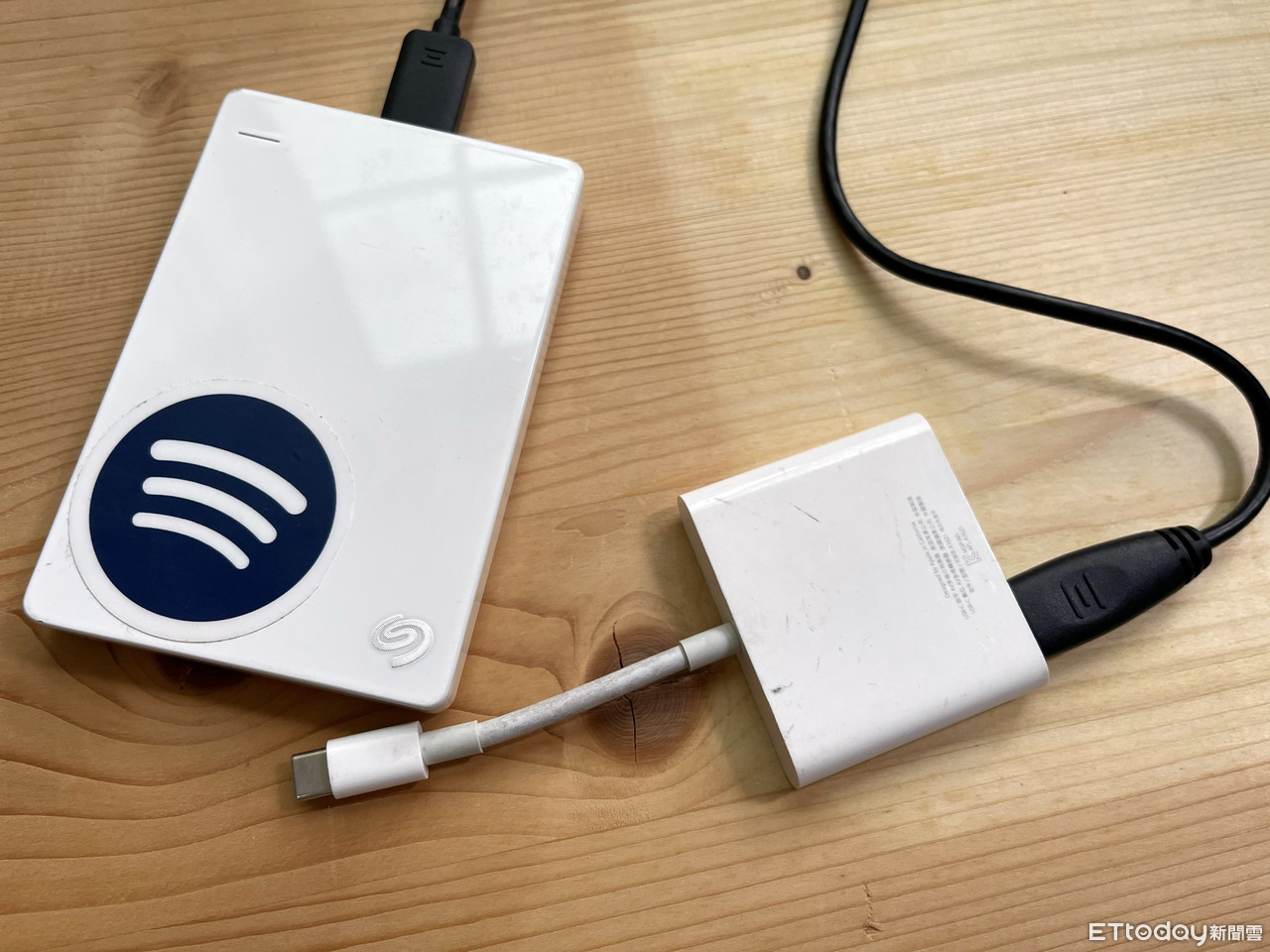
▲Backup Plus Portable Drive優點是輕薄,但保存收納時要小心。(圖/記者洪聖壹攝)
這次體驗的這款 Seagate One Touch SSD,共有有黑、白、藍三色,跟市場多數硬碟一樣,一開機即具備基本的相容性 USB exFAT 格式 ,讓人驚訝的就是它的機身相當小,官方開的尺寸只有 10.6X50X70mm,重量 7.4 克,實測結果差不多74克;作為比較,LACiE Rugged 2TB ThunderBolt 的重量約為 358 克、而 Backup Plus Portable Drive 重量約為 140 克;會說是「約」是因為都是同一款電子秤秤出來的。
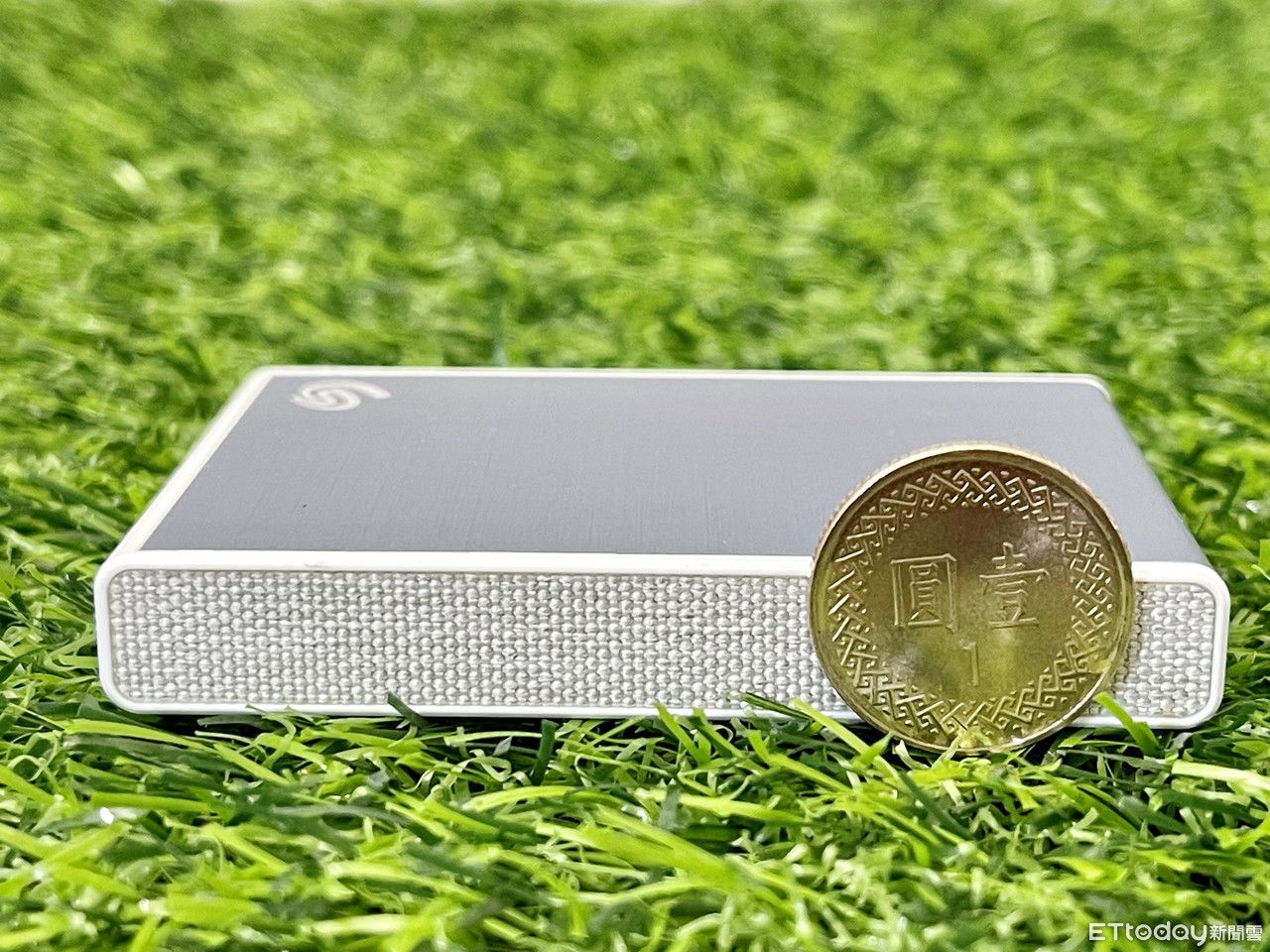
▲Seagate One Touch SSD厚度只有壹圓硬幣約一半的大小。(圖/記者洪聖壹攝)
再者,它的大小跟重量比一般尺寸的滑鼠還小上許多,如果是穿襯衫,也可以輕易放入,如果擔心不小心因為彎腰而摔出來,它外觀採用鋁合金製作,機身帶有一點髮絲紋路,號稱有 2 公尺防摔能力,這是這款硬碟初次見面之後,最直觀的感受,你絕對不會相信,現在的 2TB 隨身硬碟,可以做到這樣輕薄。
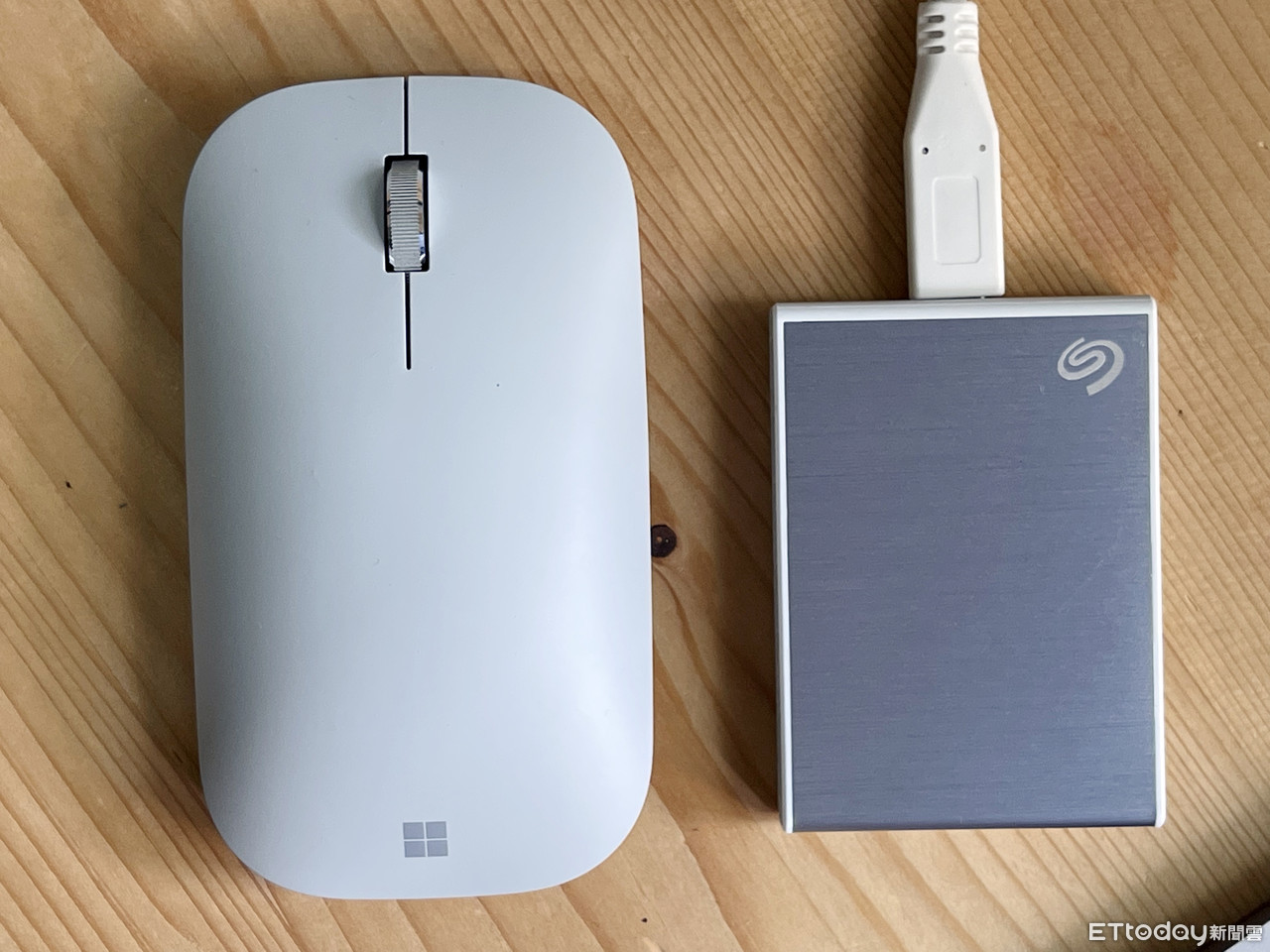
▲Seagate One Touch SSD大小比一般通用尺寸的藍牙滑鼠還要小。(圖/記者洪聖壹攝)
再來是速度,原廠隨附了兩條傳輸線,一條是USB Type-A to Type-C,另外一條是 Type-C to Type-C,前者是支援最快 USB 3.1 Gen 1 的傳輸,後者則是可以支援 USB 3.2 Gen 2 的傳輸,最快可以提供 1030MB/s 的傳輸速度。換句話說,如果是一支已經剪接好的 4GB 影片(4K 影片約10~20分鐘),大概 5 秒內就可以備份完成,這對於創作者來說,真的是一大福音。
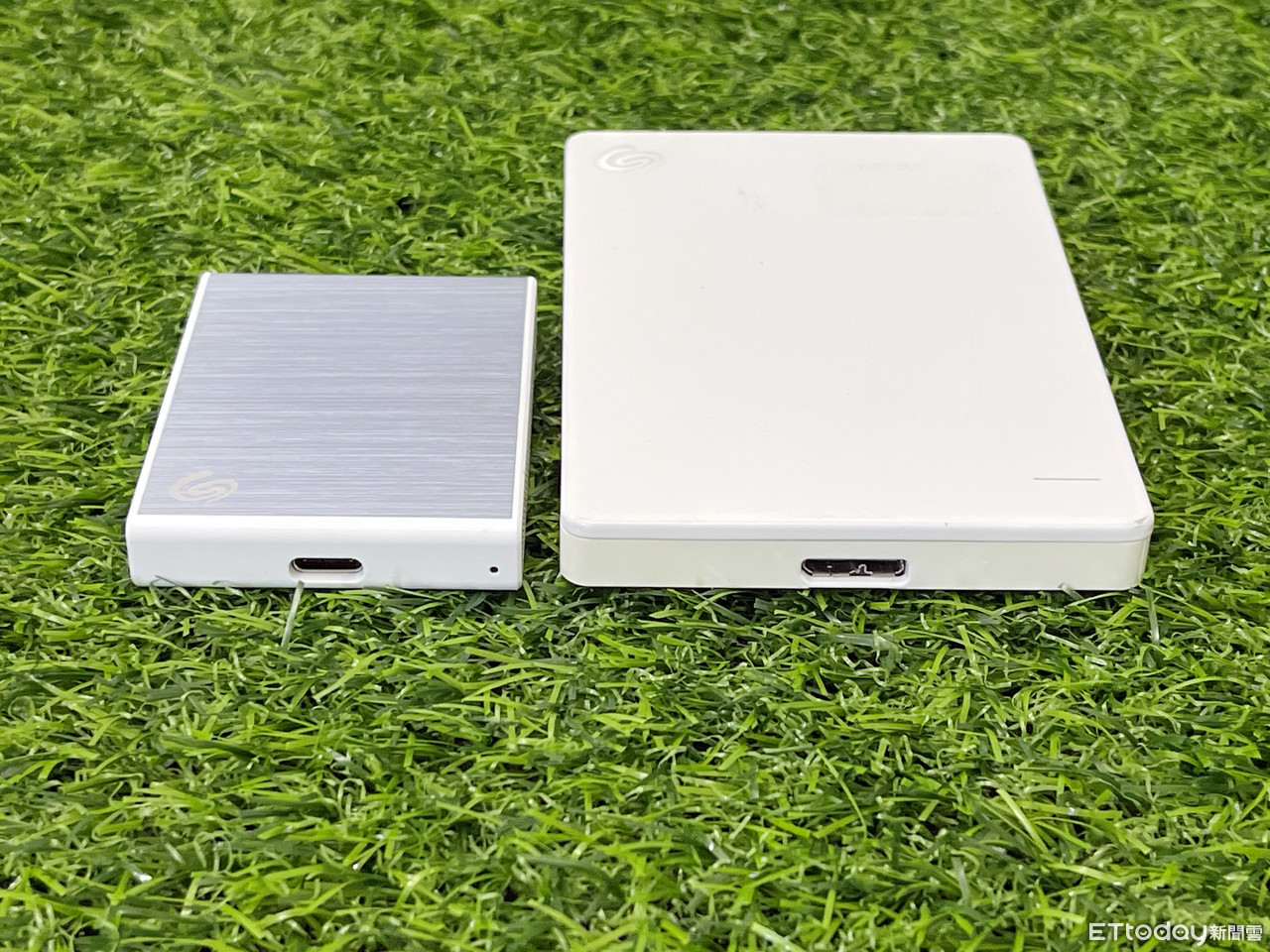
▲採用 Type-C 傳輸,相較於以往的 USB3.0 傳輸孔支援性相對比較高。(圖/記者洪聖壹攝)
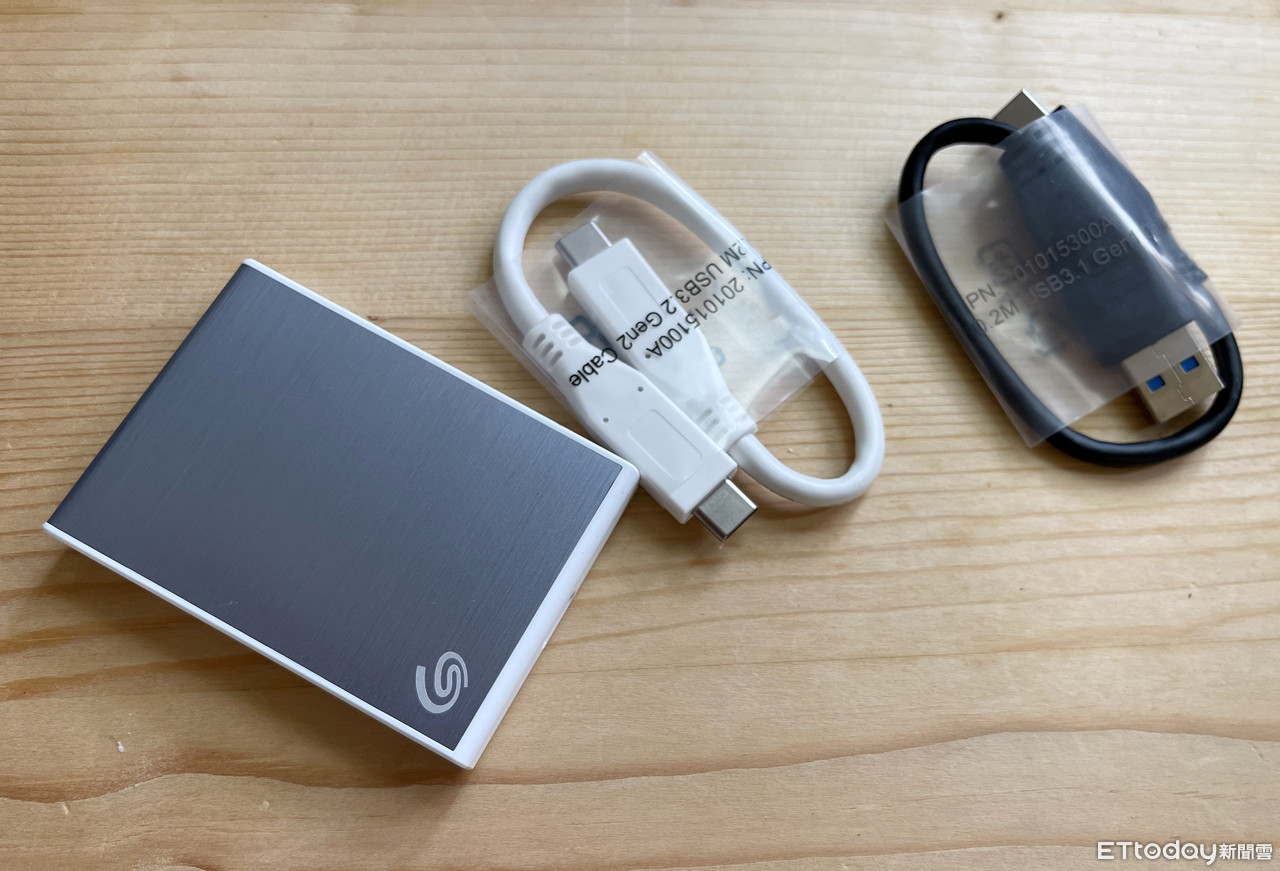
▲原廠隨附了兩條傳輸線,一條是 USB 3.1 Gen 1 的傳輸,另一條支援 USB 3.2 Gen 2 的傳輸。(圖/記者洪聖壹攝)
記者實際使用 2017 年的 Macbook Pro 搭配 Type-C to Type-C 的傳輸線,然後以 BlackMagic Design 進行各類寫入讀取測試。另外以Microsoft surface筆電收購surface Laptop 4,跑 CrystalDisk Mark 8.0.2 版得到的跑分結果都蠻驚人的,提供給大家參考:
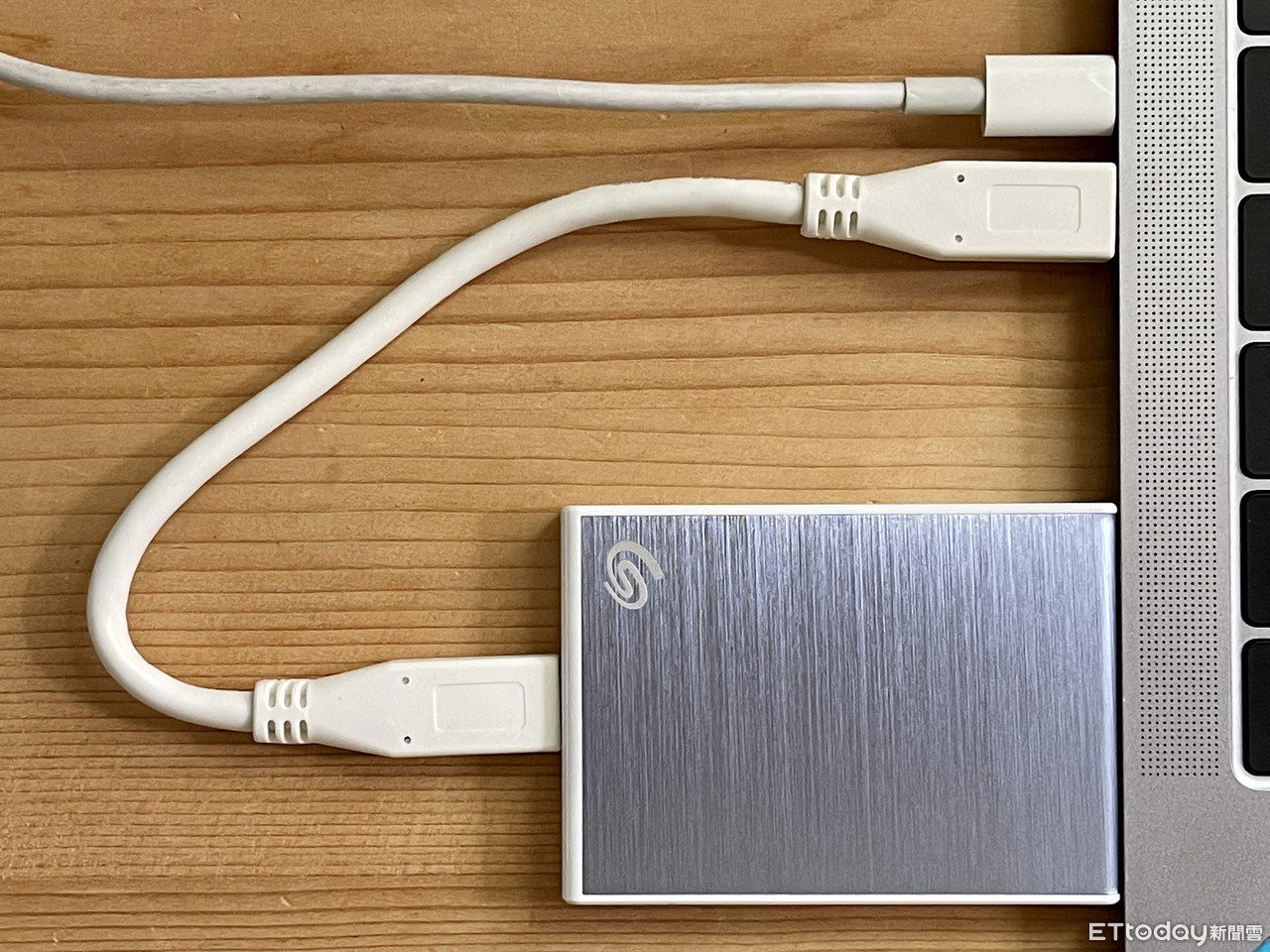
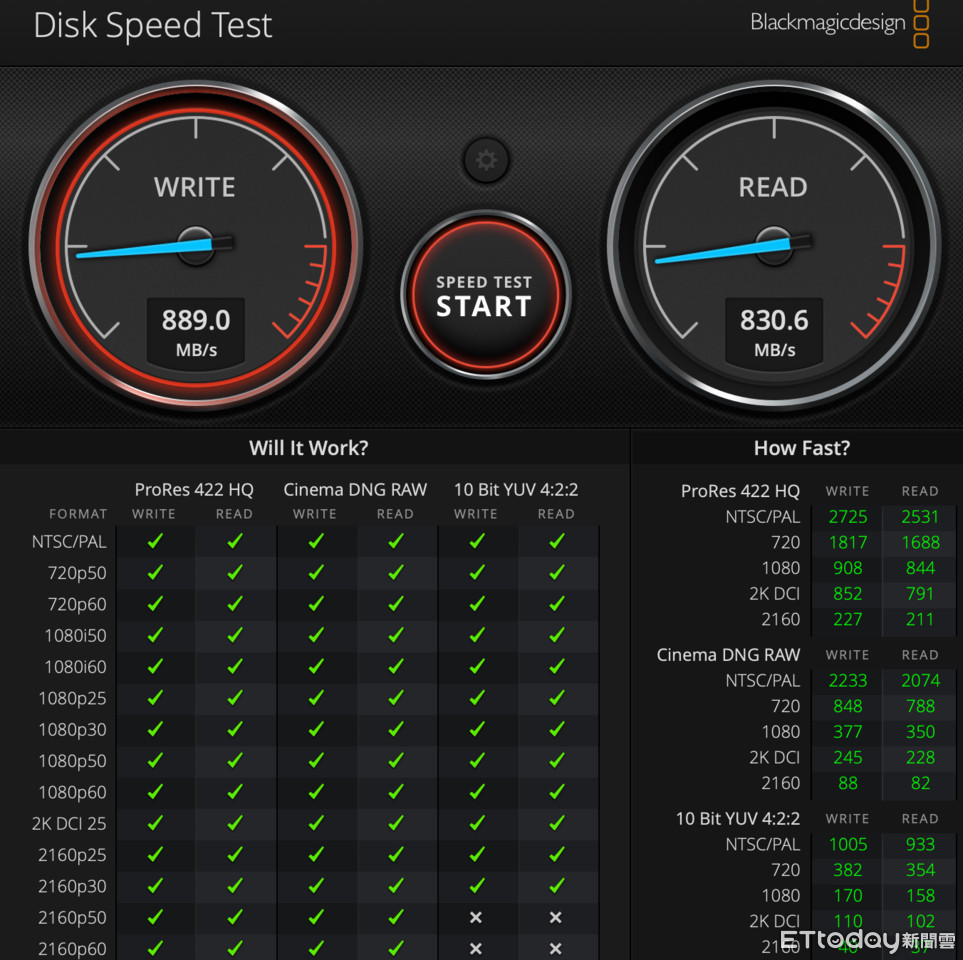
▲實際使用 USB 3.2 Gen 2 傳輸線在 MacOS 環境下,以 BlackMagic Design 跑分結果。(圖/記者洪聖壹攝)
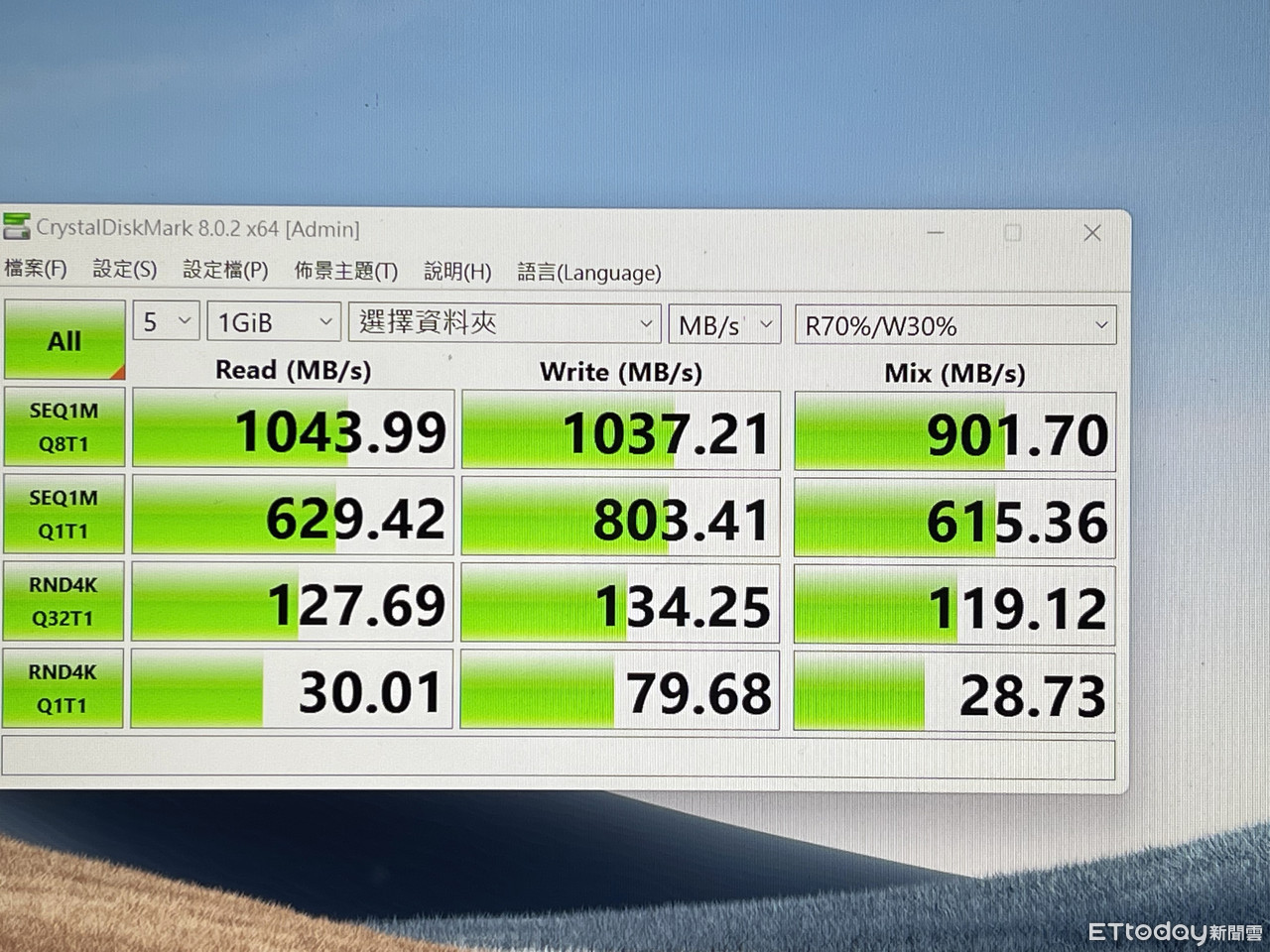
▲實際使用 USB 3.2 Gen 2 傳輸線在 Windows 環境下,以 CrystalDisk Mark 8.0.2 跑分結果。(圖/記者洪聖壹攝)
最後就是支援度了,這款隨身碟支援 macOS、Windows 之外,多了 Android 系統的支援,這讓使用者可以直接用 USB-C 來傳輸資料,這點支援性算是跟得上現代潮流,如果是 iPhone 備份,需要透過 Mac 來橋接。
初步體驗來說,作為備份型產品,Seagate One Touch SSD的最大好處在於它相當輕薄,隨插即用,而且支援 Android ,只要下載Seagate Mobile Touch 應用程式,就可以連線備份照片、文件與影音等內容。另外支援 MacOS 系統,就這點來說,即便 iPhone 不能隨插即用,支援度算是高的了。再來印象深刻的就是它的傳輸效率,基本上已記者一支 5 分鐘的影音,大小約為 2GB,幾乎是「秒傳」,從此之後要做事情少了「我正在傳檔案」的藉口。
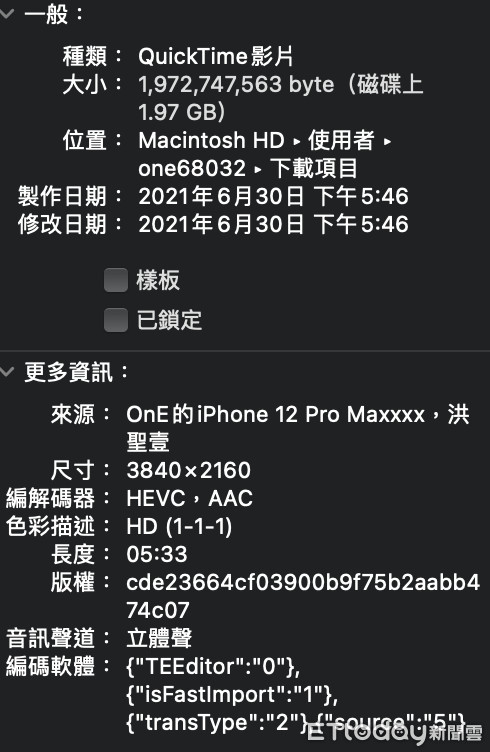
▲傳輸 2GB 影片等待時間不到2秒。(圖/記者洪聖壹攝)
但是缺點還是有的,就是它雖然略為耐撞,但是輕薄機身實在很擔心它一折就斷,另外也不防水、不耐寒耐熱,因此它還是偏向行動商務一點的需求,經常出差在外的人,建議還是乖乖選購具有軍規防護等級的相關產品。
surface筆電收購 surface筆電收購